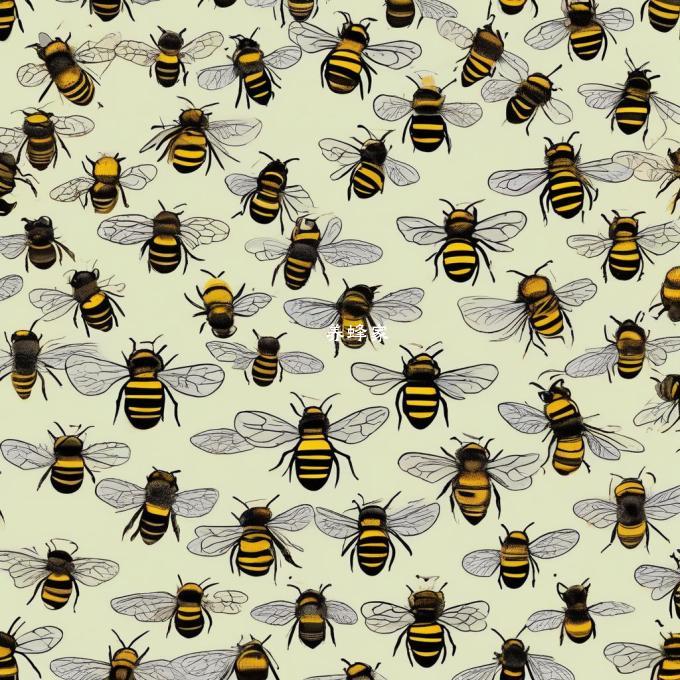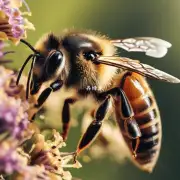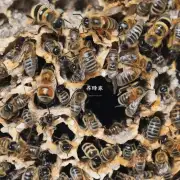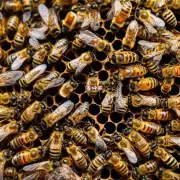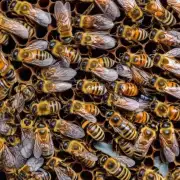如何识别蜜蜂的健康状况?
童俊
南方周末
Appearance:
- Color: Bright yellow with black stripes.
- Size: 0.5-1 inch long.
- Shape: Round and plump.
- Antennae: Long and slender, with a distinct knob at the tip.
Behavior:
- Flying: They are active pollinators, and their wings are essential for collecting nectar and pollen.
- Nesting: They build nests in flowers and lay eggs.
- Diet: They feed on nectar, pollen, and other sweet plant matter.
Health Issues:
- Pests: Honey bees are susceptible to a variety of pests, including mites, viruses, and bacteria.
- Diseases: They can also be affected by diseases such as tracheal mites, sacbrood virus, and foulbrood.
- Parasites: Some parasites, such as the Varroa mite, can infest honey bees and cause severe health problems.
- Nutritional deficiencies: Honey bees need a balanced diet of pollen, nectar, and water to stay healthy.
- Environmental stressors: Heat, cold, and drought can stress honey bees and reduce their ability to survive.
Tips for Identifying Health Issues:
- Examine the bees: Look for any signs of illness, such as yellowing of the body, loss of appetite, or signs of injury.
- Inspect the nest: Check for signs of pests, diseases, or parasites, such as droppings, larvae, or signs of infestation.
- Observe the bees: Observe their behavior for any signs of illness or distress.
-
Seek professional help: If you notice any concerning symptoms in your bees, it's important to seek professional help from a beekeeper or veterinarian.
